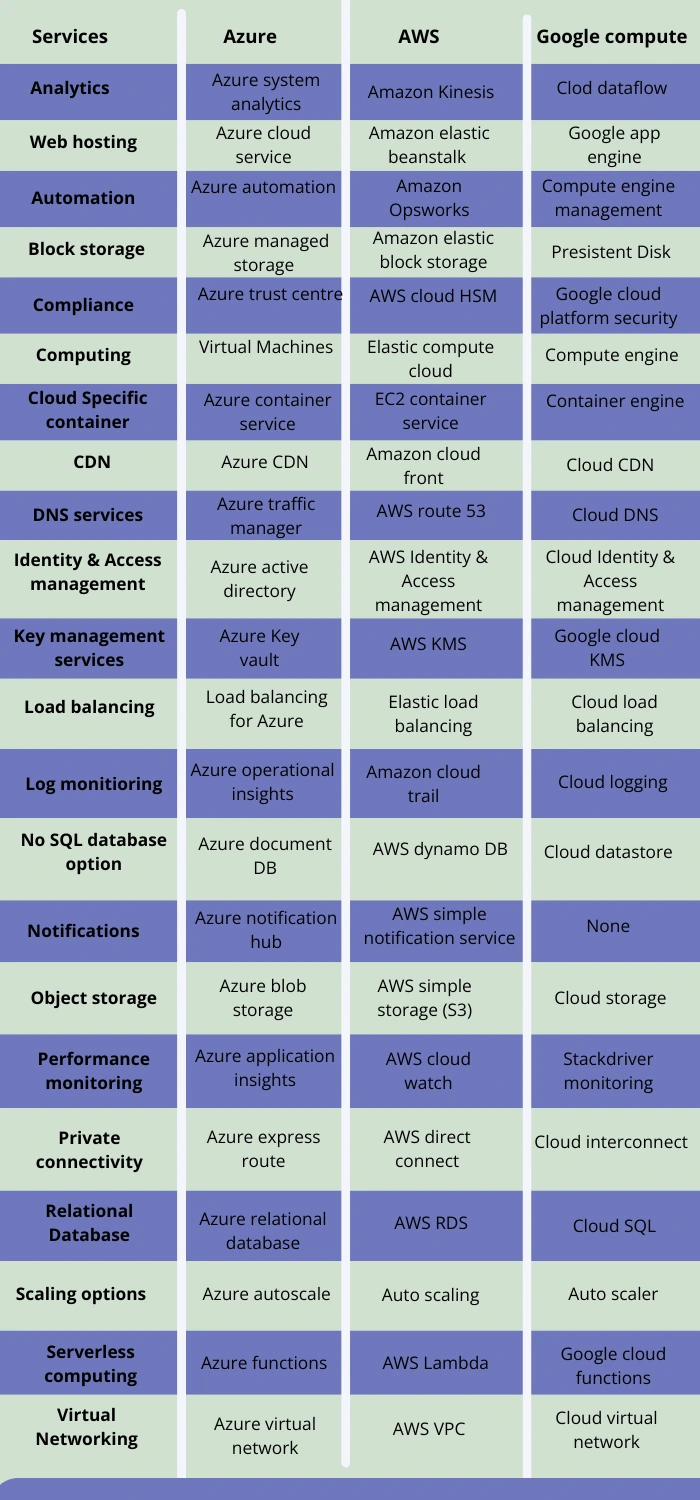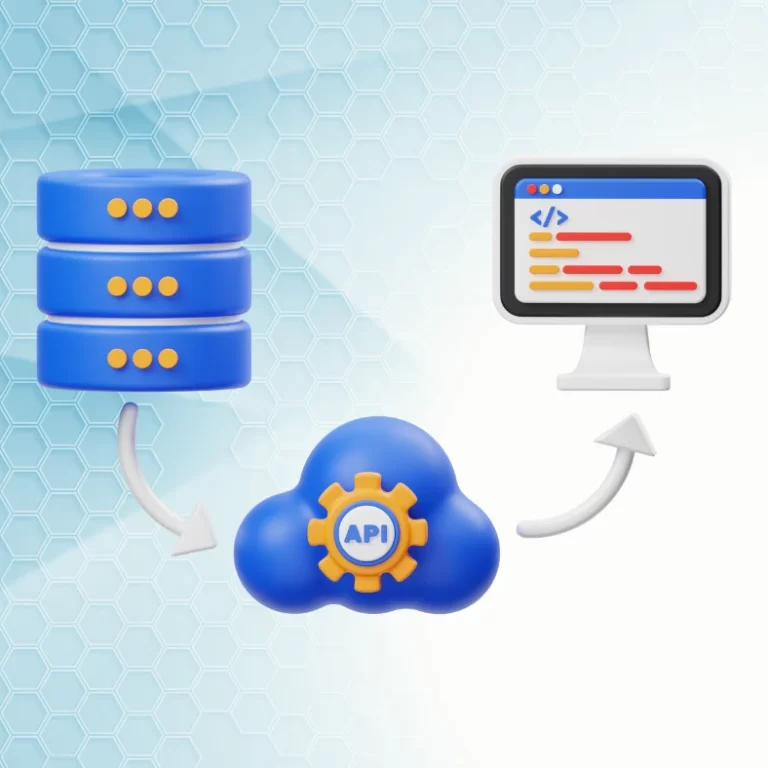Learn why the Hire-Train-Deploy model is a cost-effective, scalable, and risk-free solution for both businesses and job seekers.
Network Communication Demystified: The Mechanics of IP-Based Data Transmission
Have you ever thought about how your data gets from your device to a server far away? This post breaks down the steps of how data moves through networks, covering things like IP addresses, MAC addresses, ARP, and routing. We’ll also explain what happens with switches, routers, and how the OSI model fits into it all. Whether you’re just curious or already in IT, this guide will help you understand the basics of how networks really work.




